目鏡刻劃片 | 顆粒尺寸分佈
產品介紹
INTRODUCTION >> Microscope Eyepiece ReticlesThe use of the eyepiece graticules shown in this section makes it possible to analyze specimens containing particles as an alternative, or in addition to, sieving. Graticules for particle size analysis are particularly popular when there are only limited quantities of particles or where particles are smaller than 50 microns in diameter. Typical substances analyzed are sand grains, soil particles, plant seeds, fertilizers, abrasives, liquid droplets, pigments, pulverized coal, silica, fibers, and fine dust.
The basic principle employed is to compare particles to the globes and circles of varying sizes that appear on the graticule – dark particles being compared to solids globes, and light or transparent ones to the circles. Naturally the procedure varies with the graticule concerned, more information about which is given below.
Please note that for calibration, the circles and globes will represent particles smaller in diameter by the magnification of the objective.
包裝樣式

產品總覽
Products >> Microscope Eyepiece Reticles
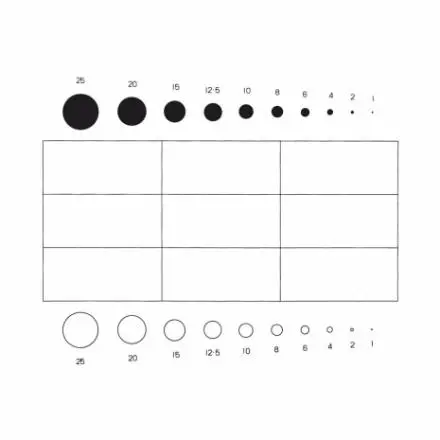
NG1 Patterson Globes and Circles
Eyepiece Reticle with central Rectangle and Globes/Circles for particle sizing and counting
The reticle pattern consists of a central rectangle, subdivided into 9 smaller rectangles with a number of circles and dots (globes) along the top and bottom edges. Each circle is marked with the diameter in units, 250 units being the length of the large rectangle. Rectangle size is nominally 4.5mm x 2.025mm and circle/dot sizes in microns are nominally 450, 360, 270, 225,180, 145, 110, 74, 37 and 18.
Reference: H.S.Patterson and W.Cawood.Transactions of the Faraday Society, Vol. 32 Feb 1936.“The Determination of Size Distribution in Smokes.” Pp. 1084-1088.
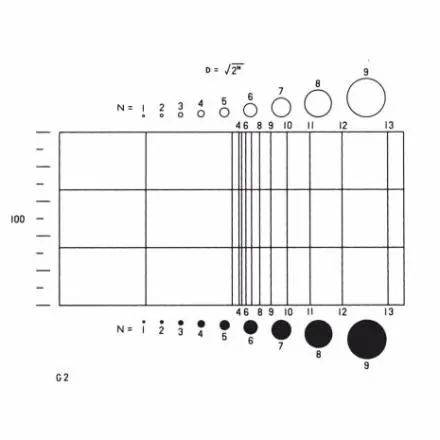
NG2 Original Porton Globes and Circles
Eyepiece Reticle with central Rectangle and Globes/Circles
The circle areas of the Porton reticles increase with Root 2 progression as do the divisions on the right hand side of the rectangle. These divisions are numbered for convenience. Rectangle size is 4.5mm x 2.025mm. The specimen is racked on the mechanical stage of the microscope and traverses are taken right across the deposit sizing all the particles encountered.
Reference: K.R.May, Journal of Scientific Instruments Vol. 22 Oct 1945. “The Cascade Impactor.” An instrument for sampling coarse aerosols.
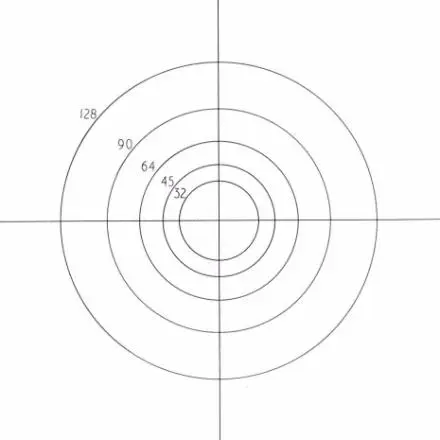
NG5 Fairs
Eyepiece Reticle designed to extend the sizing range of the Globes/Circles reticles
Designed to extend the sizing range of globe and circle reticles. Example: Used in conjunction with NG2 the overall size range = 128:1. The circles increase by root 2. Note that both reticles would have to be used with the same microscope, eyepiece and objective. Reference: G.L Fairs Chem Ind. 1943 Vol. 62. Pp 374-378. “The Use Of The Microscope In Particle Size Analysis.”
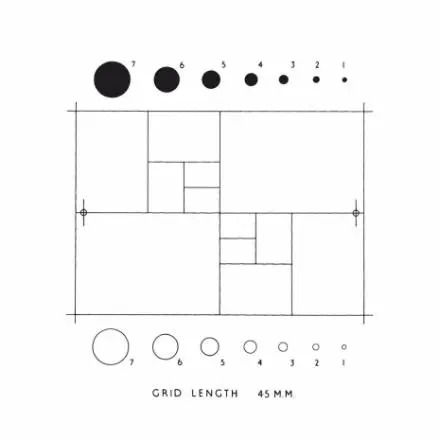
NG10 British Standard Globes and Circles
Eyepiece Reticle to satisfy Bristish Standard BS3625/BS3260
In this reticle the circle areas double progressively, hence the diameters alter by Root 2, so that the size classes can form a continuation of the standard series of sieves for particle sizing. Each particle is assigned to a size class defined by two adjacent circles which represent the size limits of that class. Thus the distribution of size is obtained in terms of the diameter of circles having the same projected area as the particles. This method will cover particles in the range 150 micron to 0.38 micron. The size distributions with respect to their number and weight are determined separately. Final results are calculated as cumulative percents. Actual size of circles and globes are nominally 560µm, 400µm, 280µm, 200µm, 149µm, 100µm and 70µm. Circle1 is defined as 1unit. Originally designed by the National Coal Board for use in coal mining.
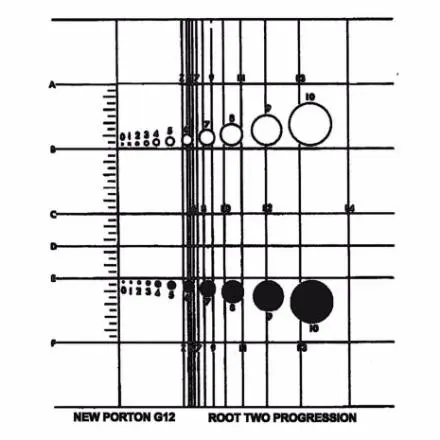
NG12 New Porton Globes and Circles
Eyepiece Reticle with ruled grid and Globes/Circles for particle sizing and counting
The NG12 is particularly useful since the array of globes and circles are conveniently close to where the particles pass. At the end of each band of the sample the mechanical stage is traversed vertically to take in the next band until the whole sample has been covered. Reference: K.R.May, Journal of Scientific Instruments Vol. 42 1965. “A New Graticule for Particle Counting and Sizing.” Pp 500-501.




